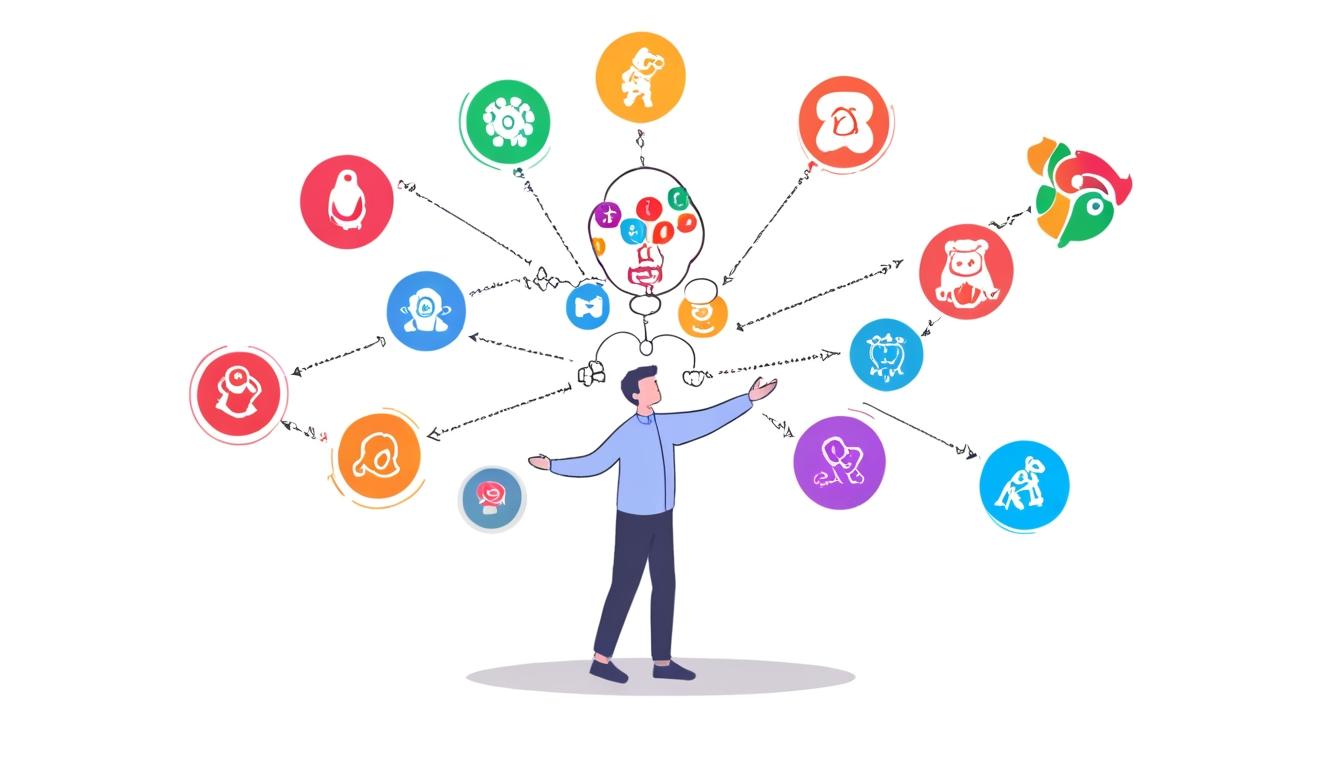OpenAI continues to lead the large language model (LLM) market, but developers are increasingly adopting multiple providers in a move towards flexibility rather than exclusive loyalty, according to recent research highlighted by Tech Radar.
A survey conducted by Vercel among 656 application developers revealed that 87% currently use OpenAI’s models, with 83% relying on its inference APIs. However, the study also found that developers use an average of two different AI providers, and 60% have switched vendors within the past six months. This suggests a dynamic market where allegiance to a single provider is less common than before.
One notable contender gaining ground is DeepSeek, now employed by nearly a third of businesses surveyed (29%). In contrast, Microsoft’s large language models are reportedly struggling to capture interest, with only 10% of respondents using them and 90% of developers not considering Microsoft’s offerings a viable alternative.
Nicolas Le Pallec, Chief Technology Officer for EMEA at AKQA, commented to Tech Radar on the evolving role of AI in development teams: “AI is dissolving the boundaries between roles. We’re seeing new product designers blend UX, UI, and code in one creative flow—thanks to tools like Vercel, v0, Uizard, and Cursor. Whether junior or senior leader, anyone can now build, test, and ship ideas independently—and that’s not just efficient, it’s liberating.”
The survey also highlighted a shift away from traditional AI team structures and hierarchical leadership. According to respondents, 45% have no dedicated AI team, and 57% report having no specific AI leadership role. Instead, developers prioritise clear project goals and suitable tools to effectively employ AI capabilities.
Dr Jan Ittner of BCG X emphasised this new approach: “By embracing cutting-edge AI technologies, we’re empowering our teams to work smarter and faster.” He noted that utilising AI-based developer tools or writers can be more impactful than hiring additional personnel.
The integration of AI in products is now a key focus area, with 75% of customer-facing applications featuring AI functionalities, whereas traditional support chatbots appear in only 39% of apps. Website personalisation remains relatively underused at 27%, suggesting space for further innovation in the future.
Cost management remains a critical concern for developers. Over 70% conduct manual testing of their AI models and keep monthly expenses under $1,000. Rather than investing heavily in model training—only 14% do so—most developers (60%) favour techniques such as retrieval-augmented generation (RAG) and vector databases to optimise cost-effectiveness.
The report notes a tempered excitement about AI overall, with developers rating the current AI hype at an average 6.4 out of 10. However, optimism about AI’s transformative potential remains high, scoring 7.7 out of 10 for anticipated industry impact within the next year.
In summary, the survey portrays an AI ecosystem characterised by rapid change, multiple tool usage, and a focus on practical solutions that balance immediate needs with future adaptability. For developers navigating this environment, the preferred LLM is not a fixed choice but one that effectively addresses today’s challenges while remaining flexible for tomorrow’s innovations.
Source: Noah Wire Services
